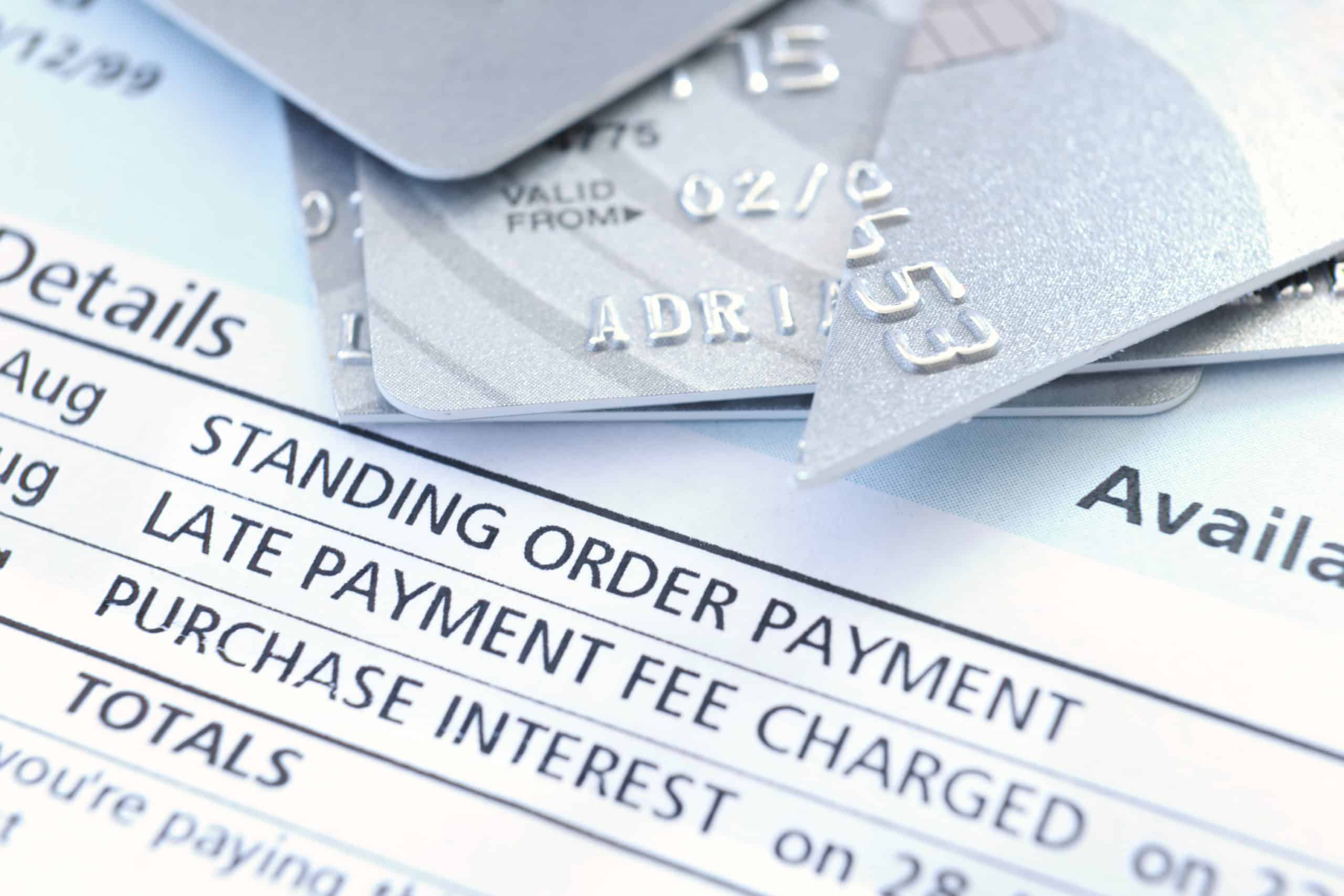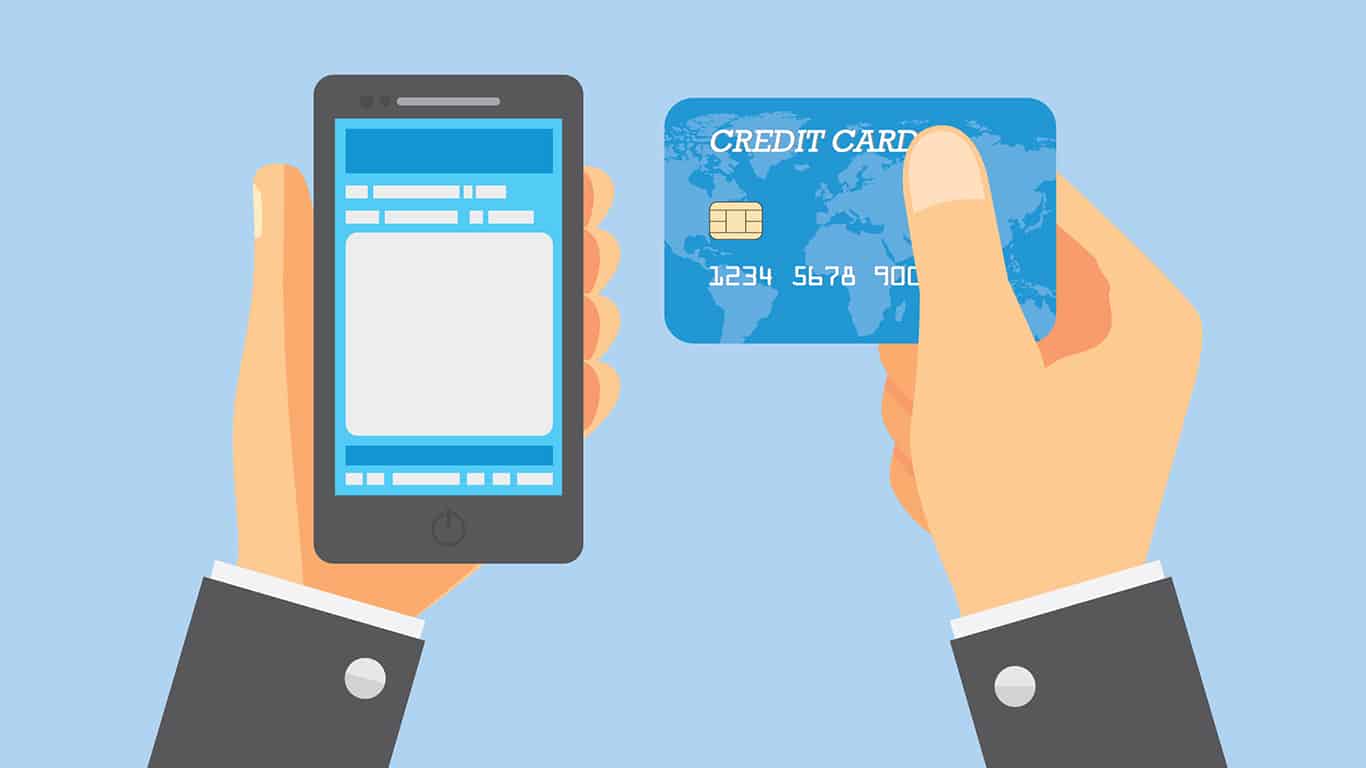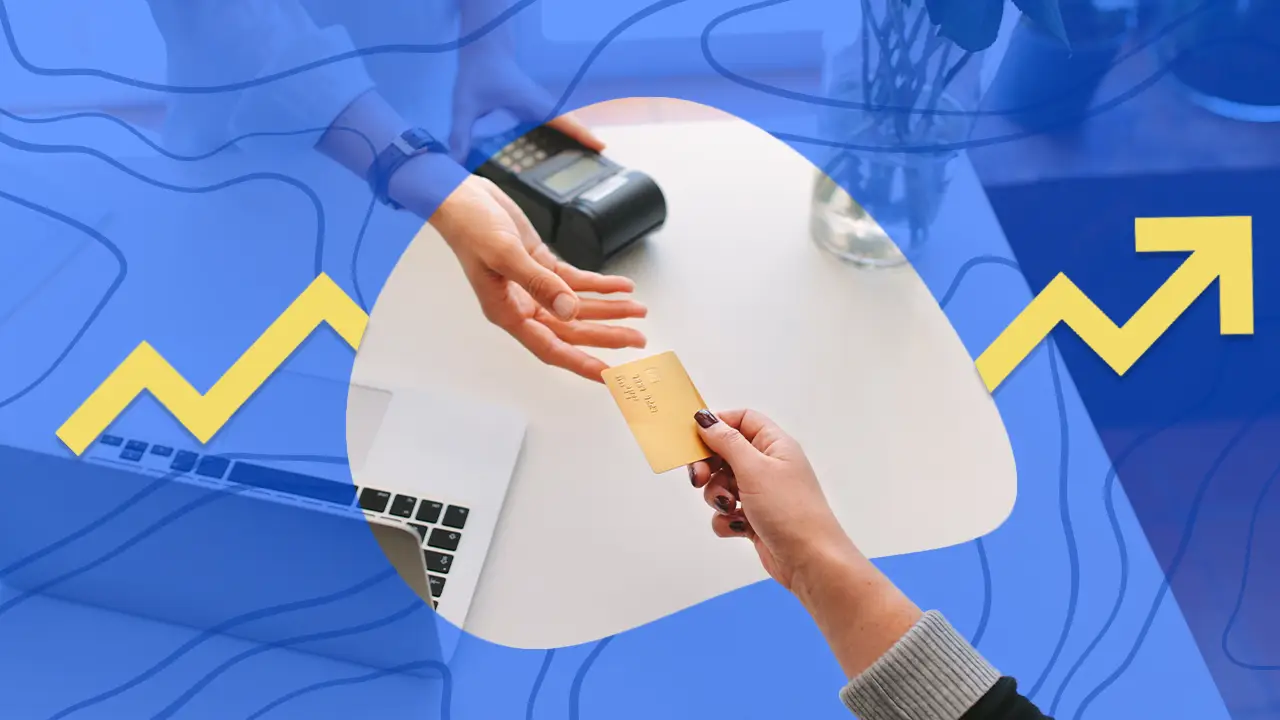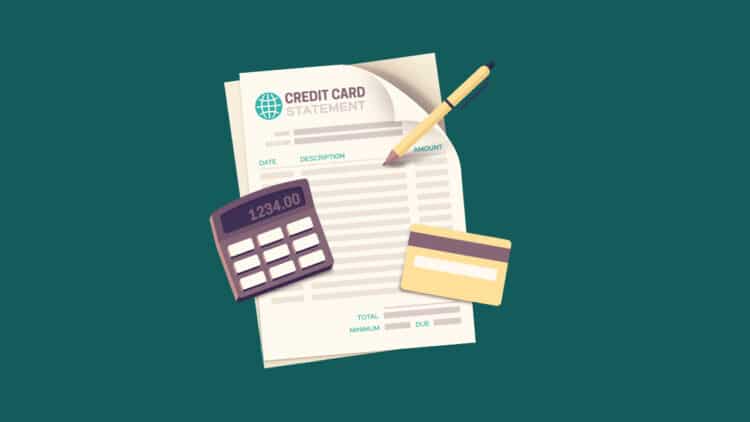Did you know that India’s number of credit card users has increased from 29 million in March 2017 to 62 million in March 2021? This is a phenomenal increase, and it shows the popularity of credit cards as a financial instrument for instant access to money. However, most people don’t realise that credit cards also come with a financial commitment to repay the borrowed money punctually. Failing to meet these obligations can lead to a debt trap. However, one can prudently use a credit card to save money on their purchase. It can also help to improve the credit score. A credit card statement is an essential document that users check to keep themselves updated with the transaction history and due date details. Read on to learn more about credit card statements and how to use credit card effectively.
What is a credit card statement?
A credit card statement can be defined as a document that provides a comprehensive summary of how the credit card has been used during a particular billing cycle. It is issued periodically and contains important details regarding payments, purchase history, credit and debit transactions, processing charges, etc. The list is quite long as it captures every activity that goes on with a credit card. Therefore, it is crucial for credit cardholders to keep a tab on their credit card statement regularly. It will provide them with valuable insights related to their spending pattern and aid them in planning their budget.

Components of a credit card statement
Experienced credit card users know how important a credit card statement can be. It doesn’t just provide important information related to purchases made but also helps one identify any fraudulent transactions and report them. Your credit card statement might look different depending on the issuing company. However, the details of these statements are almost identical. Let’s take a quick look into the most critical components of a credit card statement.
1. Account at a glance
In most credit card statements, you will find an account summary of all credit card activities under the tab ‘Your account at a glance’. It includes details related to previous balance, total credits, total charges and total balance. The previous balance here is the aggregate balance from the last credit card statement. The total credit is the summation of any payment made by you or credits posted to your accounts. It will be deducted from the amount owed. Finally, total charges include all purchases made using the credit card and any interest or late fees charged to the account. Aggregating these three components will get you the total balance.

2. Payments due this month
The payments due this month section have two components, the amount due and the minimum payment. Amount due is the amount that the cardholder will have to pay to avoid any interest charges. It also includes any balance transfer amount and convenience cheques related to your account. The minimum payment is the lowest possible amount you must pay to keep the credit account on good terms. Users have to pay an interest fee on the outstanding balance if they choose to make the minimum payment.

3. Statement period
The statement period is the duration for which the credit card statement has been generated. It is usually a 30 days period in most cases. The credit card statements are generated on the last day of the statement period. Users have the flexibility to repay the amount during the grace period, which is usually 3 to 4 weeks after the statement is generated. The due date is mentioned under the ‘payment due this month’ section.

4. Credit and cash limits
The credit limit is the maximum amount of credit one can take from the respective credit cards. It is a pre-defined limit that the credit issuer sets after considering the borrower’s profile and repayment capacity. The ‘available credit’ denotes the amount left after reducing the expenses from the initial credit limit. The cash limit refers to the maximum cash amount which can be withdrawn from a particular credit card.

5. Interest rates
The interest rate for credit cards is the interest fee charged to cardholders for using credits. It is depicted in the credit card statement as an annual rate. Paying the outstanding balance by the due date will help you avoid the interest charges. The grace period is interest-free, and you can make the most of it. There are two types of interest charges mentioned: regular purchase rates and cash advances rates.

6. Payments & interests
The payments and interest sections are usually present on the second page of a credit card statement. They contain details related to the payments you have made as per your credit card requirements. Not paying the pending balance by the due date will incur an interest fee based on the applicable interest rates. Interest on account of different expenses is included here.
Final words
These are some of the most critical components of a credit card statement that you must know about. In addition to the sections mentioned above, a credit card statement also contains details related to the instalment summary, new charges and credits, etc.
















